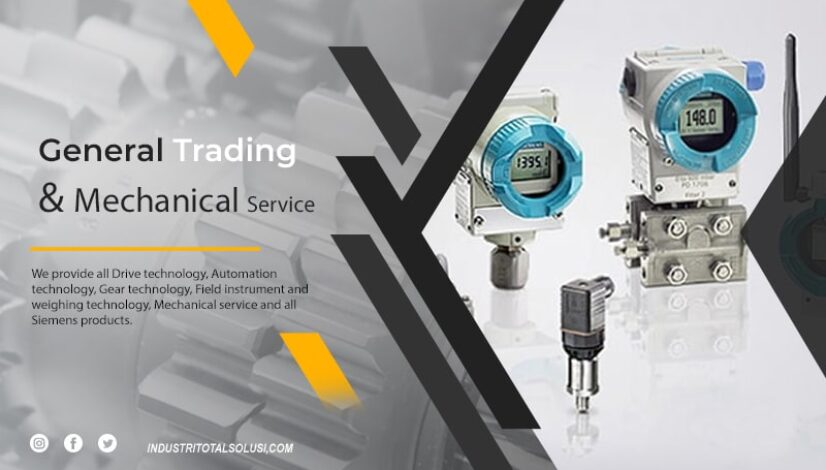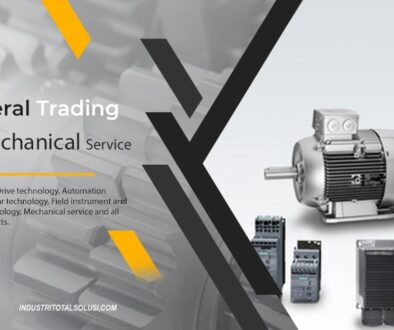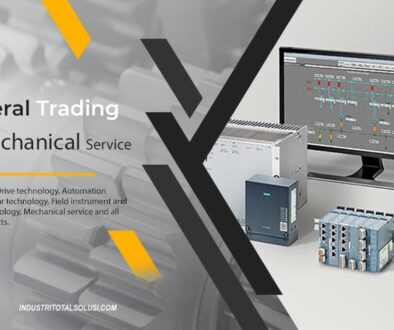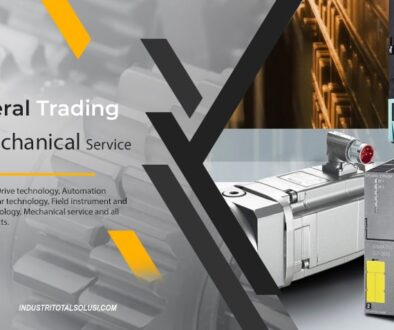Siemens Field Instruments
Siemens Field Instruments – are sensors or equipment used in process control in industry in relation to electrical or pneumatic signals or process analysis. Field instruments greatly determine product quality in the industry, therefore special calibration and maintenance are required for field instrument tools
Field instruments are very decisive for the quality of products in the industry. So there is a need for special calibration and maintenance.
The field instrument produces output in accordance with the results of its physical reading of its work through its parameter settings. The signal issued as the output is 4~20mA or common communication protocols in the form of HART, Profibus, Fieldbus etc.
The field instrument acts as an eye for the controller to detect physical events according to the magnitude they measure. The work of the controller is greatly influenced by the accuracy of this instrument field.
Instrumentation functions in outline are as follows
- As a control function. In this function, the instrumentation is connected to the control device (common type is continuous). The controller accepts measurement signals in the form of: analog signals (4~20mA, 1~5V, +10 ~ -10V etc.) , profibus, fielbus etc.
- As a designation function. In this function, the instrument has a process value indication system that can be read by the operator. The display of the value of this indication can be either an LCD or an analog needle.
- As a recording function. In this function the instrumentation is connected to a recording device or to a controller that is connected to SCADA, it is in SCADA that the recording function is created.
- As a function of a danger sign. In this case, an alarm setting is made that is output to the instrument (if any). But if the alarm function does not exist then the output of the instrument is connected to the controller and setpoint level2 is made for the alarm.
- example of connecting instrumentation to recorder and control




